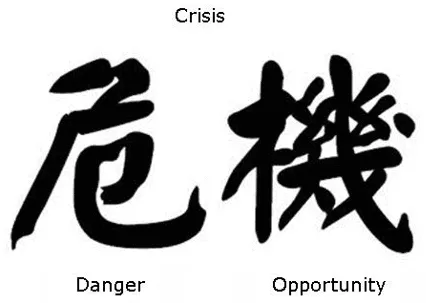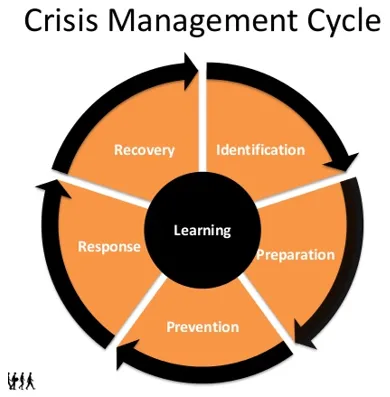Fritidsresor Under Pressure (A): The First 10 Hours - Case Solution
In this Fritidsresor Under Pressure (A): The First 10 Hours case, the crisis management cycle is explored to evaluate the company's effectiveness in handling the situation and the CEO's role in each step. It includes an analysis of the first few stages, identification, preparation, prevention, and response.
Case Questions Answered
- Provide an analysis of the case. What are the issues that the CEO is facing? What is at stake for the company? Diagnose the organization of the company when it comes to addressing such a crisis, provide the decisions that you believe should be taken in this situation, as well as the suggestions you could make to improve the organization of the company in terms of crisis management.
- List the roles and activities that the CEO did when he addressed the crisis. Please discuss any specific skills and psychological traits that are appropriate for this role and what could be the most appropriate way to train CEOs for this kind of situation.
- Connecting this case with the current coronavirus crisis, do you see similarities and differences between the two crisis and their impact on the CEO's job?
I. Introduction – Fritidsresor Under Pressure
The case study of Fritidsresor will illustrate the leadership role in an organization under crisis.
As defined in dictionaries, a crisis is a time when an individual, a group, or a community is at risk or in an unsettled situation. The Chinese have an interesting way to define crisis. In Chinese, “Wéijī” means a crisis. “Wei” means “danger,” and “Ji” means “opportunity.
The combination signifies that beneath any danger, there are always hidden opportunities. Thus, beneath any unfavored circumstances, there are still underlying opportunities that leaders can exploit.

II. A CEO facing a crisis
1. Analysis of the case – Crisis management:
Crisis Management Cycle : Developed by Pursiainen (2017), the crisis management cycle is a tool to assist organizations in evaluating and improving their current risk management practices.
The framework gives organizations a clear and elaborate picture of different steps to take in times of crisis; thus, they can finally establish new, innovative activities to adapt to the holistic outline.

In this particular case, we are going to explore the crisis management cycle to evaluate Fritidsresor’s effectiveness in handling the situation and the CEO’s role in each step.
For the case (part A), only the first few stages, identification, preparation, prevention, and response, are analyzed because, till the end of part A, we have not seen the result of Fritidsresor’s maneuver.
a. First stage: identification
Organizations need to classify which type of crisis is happening so that they can develop an appropriate response to the problem.
According to Lerbinger (1997), there are seven distinct types of crises: rumors crisis, workplace violence crisis, organizational misdeed crisis, technological crisis, confrontational crisis, malevolence crisis, and natural crisis. With enough information and a full picture of the situation, the identification process is quite straightforward.
This step seems to be easy, as the case readers can recognize that this is a natural disaster affecting the business. However, it was not so clear for the Fritidsresor organization in the first few hours.
The first call to Edwards, the emergency manager, at 4.10 a.m., noted that there might be a bomb explosion (this can be recognized as a malevolence crisis), with reported floating cars in the pool. There was little information, and nobody knew what it was precisely at the time.
A typical emergency would result in more alarming calls with more detailed information. In this classification stage, Edwards was very alert and prompt to investigate more, thus clarifying what the crisis was and avoiding mislabeling the situation.
Not only Edwards, the emergency manager, was up and alert after that 4 a.m. call, but also Knutson, Fritidsresor’s communication director who was on vacation with her family far away from Stockholm, was ready and prompt to reach back to the company’s office.
Peter Ulwahn, another emergency manager, was also present very early at the office. The fact that key managers at Fritidsresor were ready and alerted at an odd hour (around 4-5 a.m.) in the most special holiday of the year (Christmas) indicates the organization’s stable, unified readiness for unstable situations.
According to Smallman and Weir (1999), organizational culture plays…
Complete Case Solution
Get immediate access to the full, detailed analysis
- Comprehensive answers to all case questions
- Detailed analysis with supporting evidence
- Instant digital delivery (PDF format)
Secure payment • Instant access
By clicking, you agree to our Terms of Use, Arbitration and Class Action Waiver Agreement and Privacy Policy